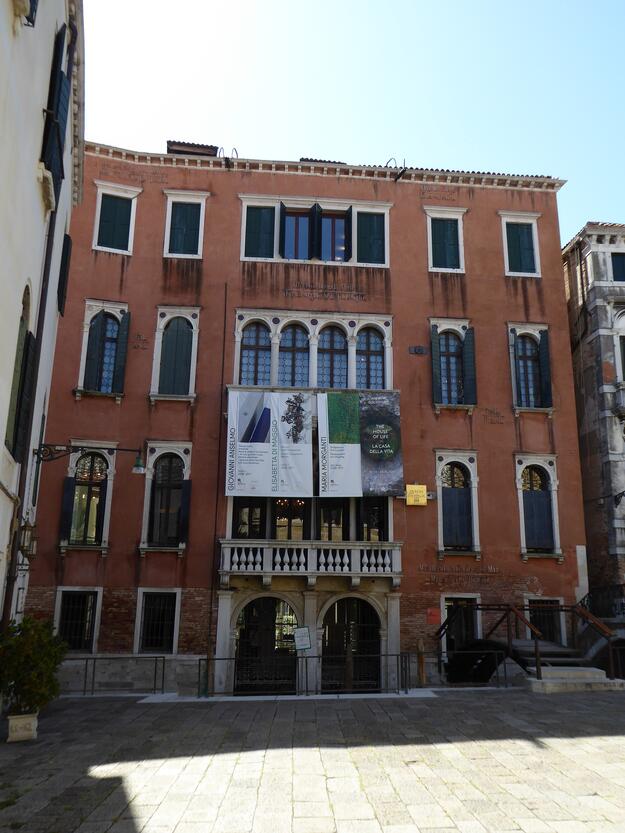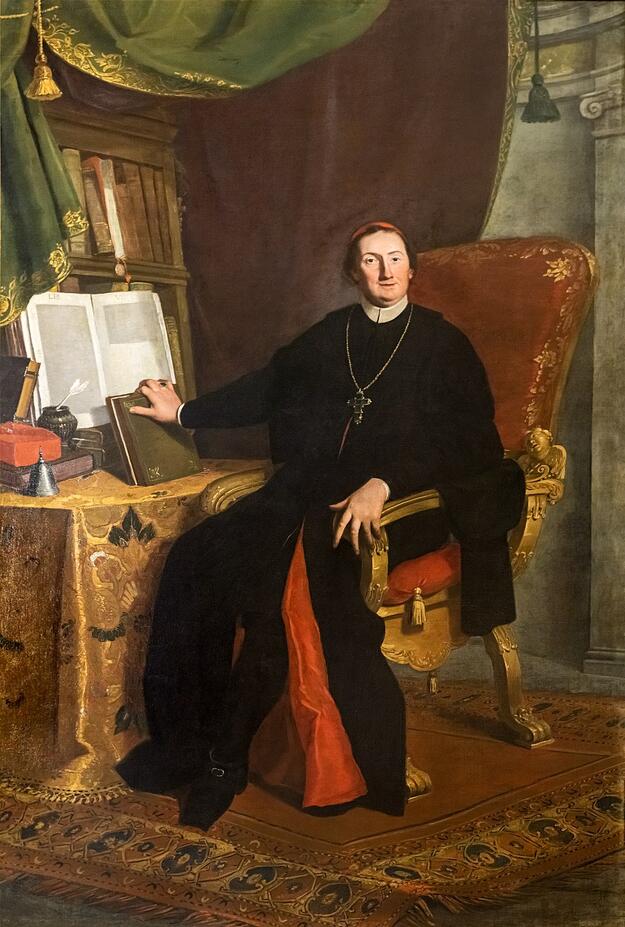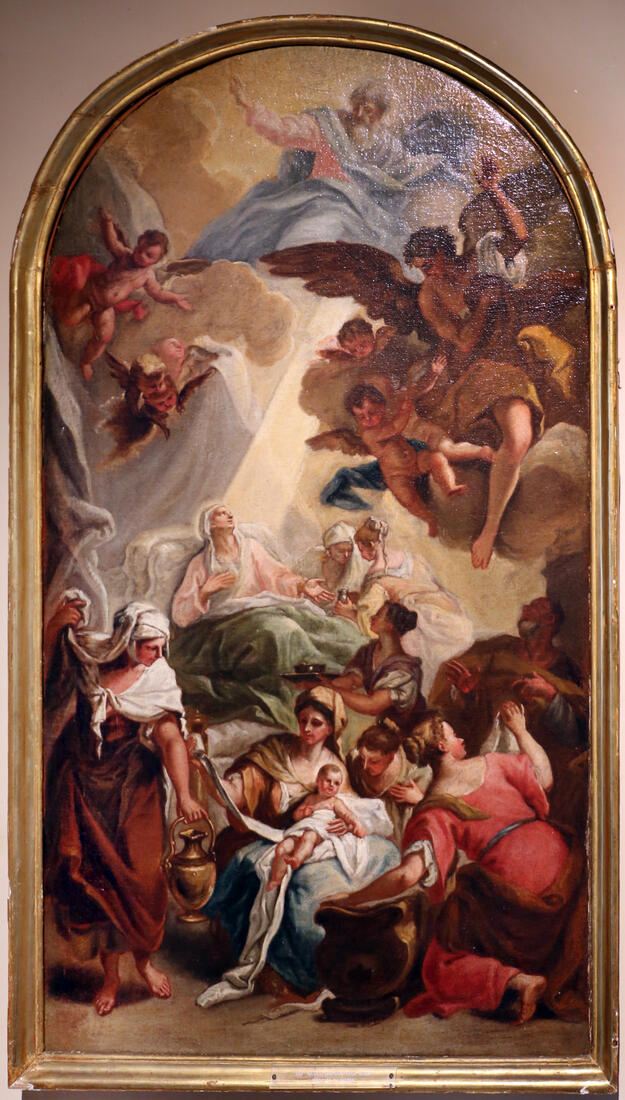Querini Stampalia Library
Background
The Library at the Fondazione Querini Stampalia is one of several facilities housed within this cultural institution. The palace serves as the headquarters of the Fondazione and holds the Pinacoteca Querini Stampalia, whose collection includes drawings and paintings by Renaissance artists such as Titian and Raphael, and historic furniture, porcelain, and musical instruments. The complex was founded in 1869 by the last member of the Querini Stampalia family, Count Giovanni Querini Stampalia, who wished to create a study center and stipulated that the library be accessible on days that other city libraries were closed. Consequently, the library operates most days until midnight, and remains open on Sundays and many holidays. Since the 1960s, the palace has been subject to two extended renovations by prominent 20th century Italian architects: Carlo Scarpa, who worked there from 1961 to 1963 and Mario Botta, who designed the building’s bookshop and cafeteria in the mid 1990s. The foundation is near Piazza San Marco, in the Castello section of the city.
How We Helped
WMF’s involvement with the Fondazione Querini Stampalia Library began in 1971, with a pledge to fund improvements to the library building and facilities. Those funds helped finance renovations to the palace’s basement and heating facilities. Later, in 1982, WMF commissioned Antonio Lazzarin, a professor at the University of Padua, to restore two paintings in the foundation’s collection: Portrait of Cardinal Angelo Maria Qurerini, by Bartolomeo Nazzari, and Birth of Mary by Nicolo Bambini. These restorations were completed in the summer of 1983, and the paintings were immediately returned to public view.
Why It Matters
More than a century after its founding, the Querini Stampalia Foundation remains a repository and exhibitor of historically important documents. It also continues to uphold a philosophy of openness and accessibility and a commitment to serving the public. In its support of the foundation library, WMF recognized the valuable contribution made by the institution, which offers its collection of approximately 300,000 manuscripts, maps, books, and engravings to scholars of Venetian history and interested members of the public. Similarly, WMF’s contributions for much-needed conservation of paintings in the collection allowed the foundation’s valuable collection of fine arts to remain an integral part of the visitor experience of the Fondazione Querini Stampalia, where the art was intended to be one of the public amenities of the institution. WMF’s two major projects at Querini Stampalia have helped the institution continue its mission to inspire the public, scholars and students.



